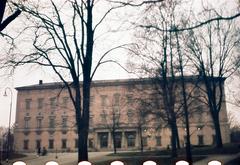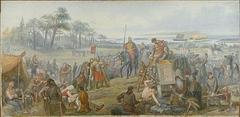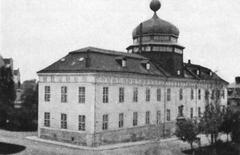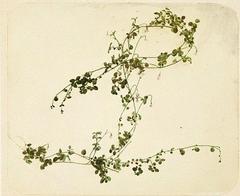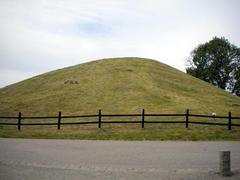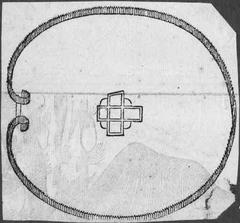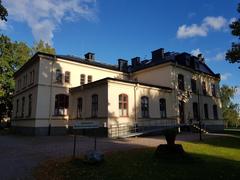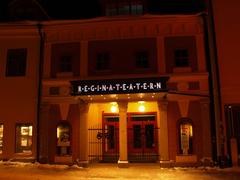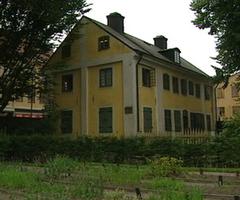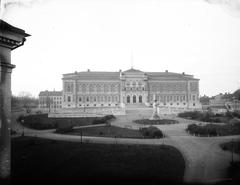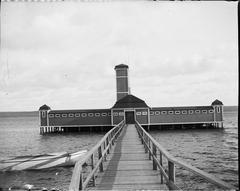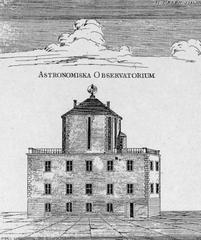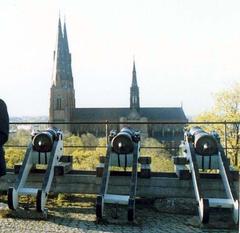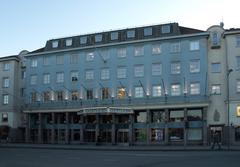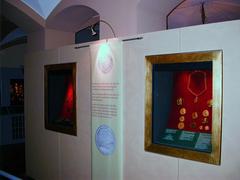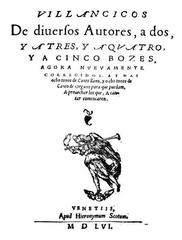Museum of Evolution Uppsala: Visiting Hours, Tickets, and the Ultimate Guide to Uppsala’s Historical Sites
Date: 15/06/2025
Introduction
The Museum of Evolution at Uppsala University is a premier institution for natural history and paleontology in Scandinavia. Renowned for its extraordinary collections of dinosaur fossils, rare human evolutionary artifacts, and a vast range of zoological, botanical, and mineralogical specimens, the museum offers visitors a comprehensive journey through the history of life on Earth. Established in the early 20th century, the museum has its roots in groundbreaking Swedish–Chinese scientific collaborations, which led to the discovery and study of some of the world’s most important fossils, including Peking Man. Today, the Museum of Evolution is not only a center for research and education but also an essential part of Uppsala’s vibrant cultural and historical landscape (Uppsala University News; Visit Sweden; Destination Uppsala).
This detailed guide covers everything you need to know about the Museum of Evolution: its history, collections, visiting hours, ticketing, accessibility, travel tips, highlights, and how to combine your visit with other historical sites in Uppsala.
Table of Contents
- Museum Origins and Historical Foundations
- Scientific Heritage and Major Collections
- Visitor Information: Hours, Tickets, Accessibility
- Planning Your Visit: Location and Travel Tips
- Highlights: Unique Exhibits and Special Events
- Nearby Attractions in Uppsala
- FAQs: Essential Information for Visitors
- Summary and Visitor Tips
- References and Further Reading
Museum Origins and Historical Foundations
The Museum of Evolution’s origins date to early 20th-century scientific partnerships between Sweden and China. Pioneers like Johan Gunnar Andersson, Otto Zdansky, and Carl Wiman led expeditions that yielded remarkable finds, including the Peking Man fossils and an extensive array of dinosaur skeletons. These discoveries necessitated the creation of a dedicated museum, which was established in the 1930s to house and study these collections (Uppsala University News).
Otto Zdansky played a pivotal role in analyzing and curating the Chinese fossil material, particularly the Peking Man specimens. The collaborative ethos between Swedish and Chinese scientists set a precedent for international scientific exchange and established Uppsala University as a leader in evolutionary research.
Today, the museum preserves approximately 20,000 Chinese fossil specimens, representing the largest such collection outside China. Its holdings are vital for understanding evolutionary processes, climate adaptation, and the migration of species during critical periods in Earth’s history.
Scientific Heritage and Major Collections
Paleontological Collections:
The Museum of Evolution boasts Scandinavia’s largest collection of dinosaur fossils, including vertebrate specimens from major Chinese expeditions. Noteworthy holdings include type specimens, rare trilobites, marine reptiles, and fossils spanning the Cambrian period to the Ice Age (Wikipedia; Tripomatic).
Human Evolution:
A highlight is the display of Peking Man (Homo erectus pekinensis) fossils, with three original teeth discovered by Zdansky. Interactive exhibits trace human evolution from early primates to modern Homo sapiens (Wikipedia; Uppsala University).
Zoological Collections:
The zoological section at Villavägen 9 features over 5,000 specimens, including Swedish fauna and exotic animals from across the globe—such as tigers, ostriches, anglerfish, and Darwin’s finches (Uppsalasmuseer; Destination Uppsala).
Botanical and Mineralogical Collections:
Botanical specimens include sheets dating back to the 17th century, with contributions from Carl Linnaeus and other notable botanists. Mineralogical exhibits demonstrate geological processes and Earth’s deep history (Uppsala University).
Architectural Heritage:
The museum’s paleontological building, completed in 1931 and designed by Axel Anderberg, incorporates architectural elements inspired by Chinese motifs—a tribute to the origins of many specimens (Wikipedia).
Visitor Information: Hours, Tickets, Accessibility
Museum Locations:
- Paleontological section: Norbyvägen 22
- Zoological section: Villavägen 9
Both are centrally located in Uppsala and easily accessible.
Visiting Hours:
- Standard: Tuesday–Sunday, 10:00 AM–5:00 PM
- Some sources/sections may list slight variations (e.g., 12:00–16:00 for certain exhibits); check the official museum website or Uppsalasmuseer for current details.
Tickets:
- Adults: 70–100 SEK (depending on section/exhibit)
- Seniors/Students: 50–70 SEK
- Children under 18: Free
- Uppsala University employees/students: Free in some sections
- Family and group rates available
Purchase tickets online via the official museum website or at the entrance. Donations are welcome.
Accessibility:
- Both buildings are wheelchair accessible (ramps, elevators, accessible restrooms)
- Assistance dogs permitted
- Materials available in Swedish and English
(Destination Uppsala; WhichMuseum)
Guided Tours & Educational Programs:
- Guided tours (available in Swedish and English) must be pre-booked
- Special programs for school groups
- Interactive displays and workshops
Facilities:
- Lockers/Cloakroom
- Gift shop with educational toys, books, and souvenirs
- Nearby cafés and restaurants
Planning Your Visit: Location and Travel Tips
Getting There:
- Both museum buildings are in Uppsala’s Kåbo district, within walking distance of major attractions like the Botanical Garden and Uppsala Castle
- Easily reached by bus from Uppsala Central Station (local buses 3 and 4)
- Parking nearby is limited; public transport or walking is recommended
(Destination Uppsala)
Best Time to Visit:
- Weekday mornings are less crowded
- Allow 1.5–2 hours for both sections; longer if joining tours or workshops
Other Tips:
- Photography is permitted without flash; check signage for restrictions
- Check for special events, workshops, and temporary exhibitions in advance
Highlights: Unique Exhibits and Special Events
- Dinosaur Skeletons: Largest real dinosaur collection in Scandinavia
- Peking Man Exhibit: Rare original fossils from Zhoukoudian, China
- Extinct and Exotic Species: From trilobites to tigers and Darwin’s finches
- Interactive Displays: Hands-on exhibits and multimedia presentations
- Special Events: Lectures, workshops, fossil identification days; see the events calendar
Nearby Attractions in Uppsala
Enhance your visit by exploring Uppsala’s other cultural and historical sites:
- Uppsala Cathedral: Scandinavia’s largest Gothic cathedral
- Gustavianum: Uppsala University Museum of Antiquities
- Botanical Garden: Adjacent to the museum, ideal for a stroll
- Fyris River and City Center: Lined with cafés, shops, and historic buildings
All are within easy walking distance, making it possible to experience the best of Uppsala in a single day (Explor Sweden).
FAQs: Essential Information for Visitors
Q: What are the Museum of Evolution Uppsala visiting hours?
A: Generally Tuesday–Sunday, 10:00 AM–5:00 PM, but check the official website for section-specific or seasonal updates.
Q: How much are tickets?
A: Adults 70–100 SEK; children under 18 free; discounts for students and seniors.
Q: Is the museum accessible?
A: Yes, both buildings provide ramps, elevators, and accessible restrooms.
Q: Are guided tours available?
A: Yes, in Swedish and English; advance booking recommended.
Q: Can I take photos inside?
A: Yes, non-flash photography is permitted.
Q: Is parking available?
A: Some parking is available, but public transport is recommended due to limited space.
Summary and Visitor Tips
The Museum of Evolution at Uppsala University is a treasure trove for anyone interested in natural history, offering Scandinavia’s largest dinosaur fossil collection, world-famous human evolution artifacts, and inspiring educational programs. With accessible facilities, knowledgeable staff, and proximity to Uppsala’s other major attractions, it’s an essential stop for families, students, researchers, and travelers.
Top Tips:
- Book tickets and tours online during peak seasons
- Combine your visit with Uppsala Cathedral and the Botanical Garden
- Check the museum’s calendar for special events
- Download the Audiala app for enhanced self-guided tours and local tips
For the most current information, visit the official Museum of Evolution website.
References and Further Reading
- Swedish–Chinese partnerships study fossils in Uppsala (Uppsala University News)
- Museum of Evolution Visitor Information (Uppsala University)
- Where to go: Uppsala (Visit Sweden)
- The Museum of Evolution (Destination Uppsala)
- Museum of Evolution, Uppsala (Wikipedia)
- Museum of Evolution tickets and prices (WhichMuseum)
- Uppsala historical sites (Explor Sweden)
- Tripomatic
